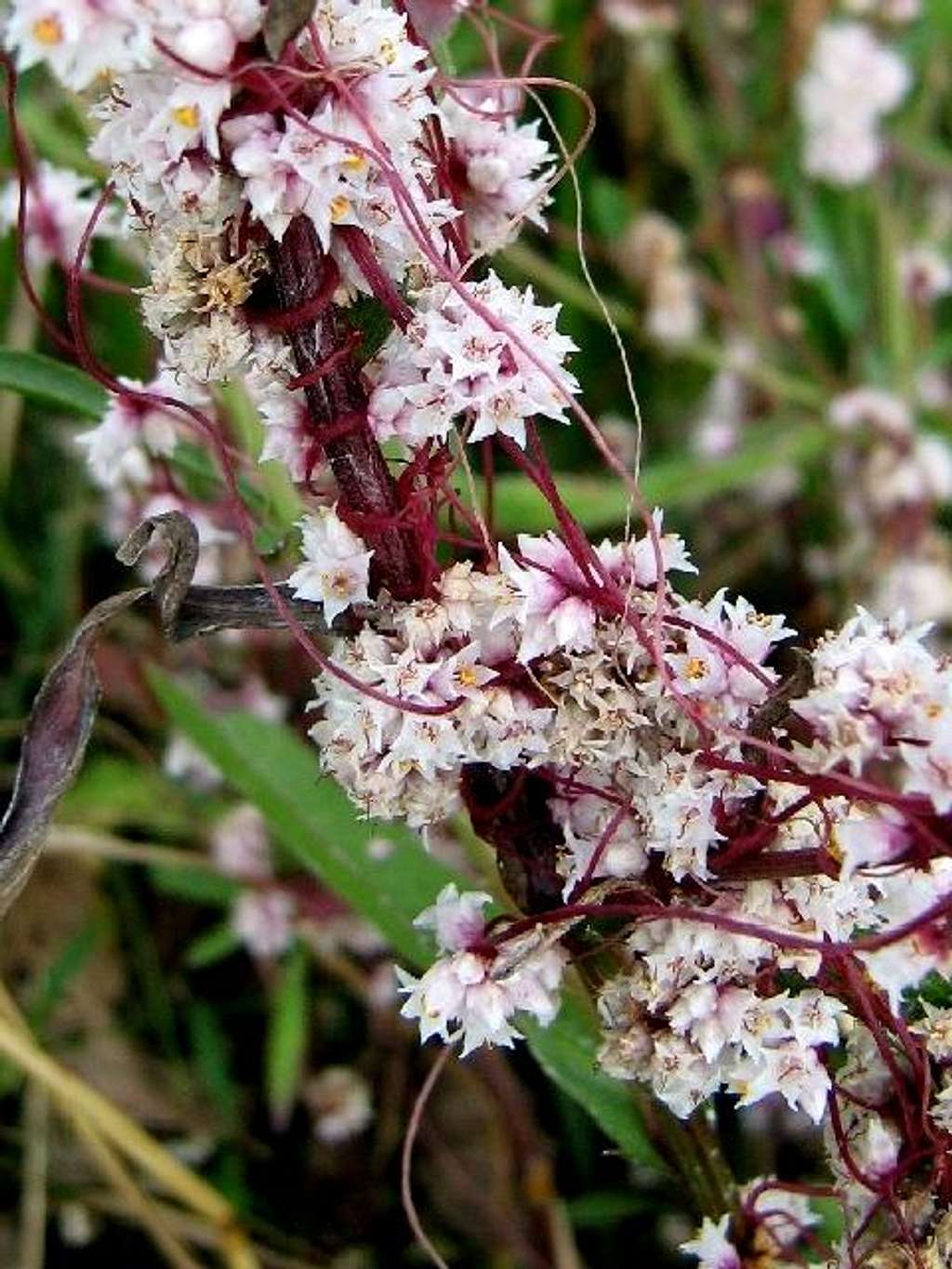
The Peculiar Cuscuta Europea
Greater Dodder (Cuscuta Europea) is a parasitic plant which thrives in lower sections of mountains, especially in humid forests and glades. It has no chlorophyll and cannot make its own food by photosynthesis. Instead, it grows on other plants such as stinging nettle (urtica), mint(mentha), artemisia, white clover (trifolium), willow (salix) and Irish potatoe (solanum tuberosum). Great Dodder uses the nutrients of it host plant for its growth. It is a leafless plant which resembles a thread. The root of dodder withers away once its stems are firmly attached to the host plant. Cuscuta Europea blooms from June to September.
The Low Beskid - Slope of Mount Mogila - August 2007.
